Engaging the Rhythms of our Living Earth Part 1
By Martin Ogle
Martin Ogle will be leading Gaia: Engaging the Rhythms of Our Living Earth, March 21-23
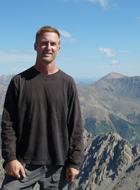
In the 1960s, NASA wanted to know if there was life on Mars, yet a Mars mission was still decades away. The agency hired James Lovelock, a British chemist, doctor and inventor to look into it. Lovelock decided on a simple test, one that could be done from Earth. Studying Mars with a spectrophotometer, he observed that it had an inert atmosphere (one in which “nothing was happening”), and concluded that Mars was lifeless.
Mulling over his research, however, Lovelock realized that the nature of his atmospheric test had more to say about a planet as a whole than about the presence or absence of living organisms. Although he found the Martian atmosphere to be inert, Lovelock knew Earth’s atmosphere was wildly active – alive! This suggested to Lovelock that Earth is not just a planet with life on it, but is a single, living system. He was soon joined by American microbiologist, Lynn Margulis who saw that early evolution of microorganisms – and all subsequent evolution – involved both natural selection and symbiosis that resulted in a living system.
Lovelock, Margulis and colleagues amassed research that showed organic and inorganic parts and processes of Earth were tightly coupled as a living system that has greatly moderated global temperature, atmospheric content, ocean salinity, and other factors. The maintenance of oxygen at around 20% of the atmosphere and ocean salinity at about 35 parts per thousand over millions of years are examples. To find out more about this science, visit GaiaTheory.org.
Although all signs point to our being part of a living planet, our modern cultural stories do not reflect this. Our language and actions suggest that we consider ourselves separate from the rest of nature, and that nature, itself, operates like a machine rather than a living being. The disparity between these underlying cultural stories and what our senses tell us creates great confusion. Our minds go off on tangents that are not reflective of or compatible with the way that life works. In the next installment, I will propose that Engaging the Rhythms of our Living Earth involves re-linking our intellectual and sensual perceptions of our living planet.
Be sure to listen our recent interview with Martin Ogle, available to stream and download HERE
Martin Ogle will be leading Gaia: Engaging the Rhythms of Our Living Earth, March 21-23. To learn more, CLICK HERE
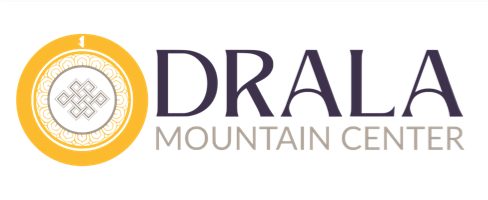
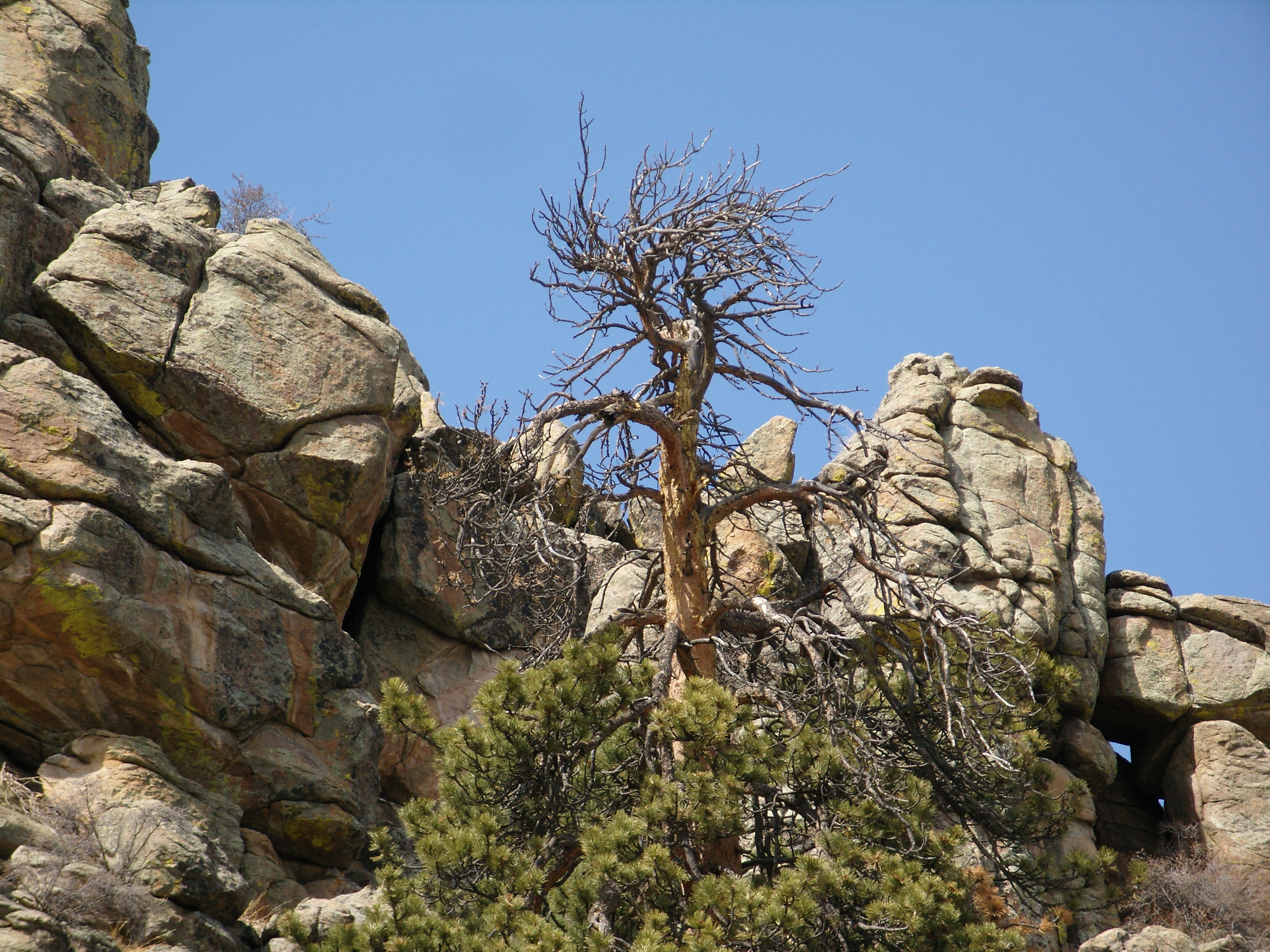
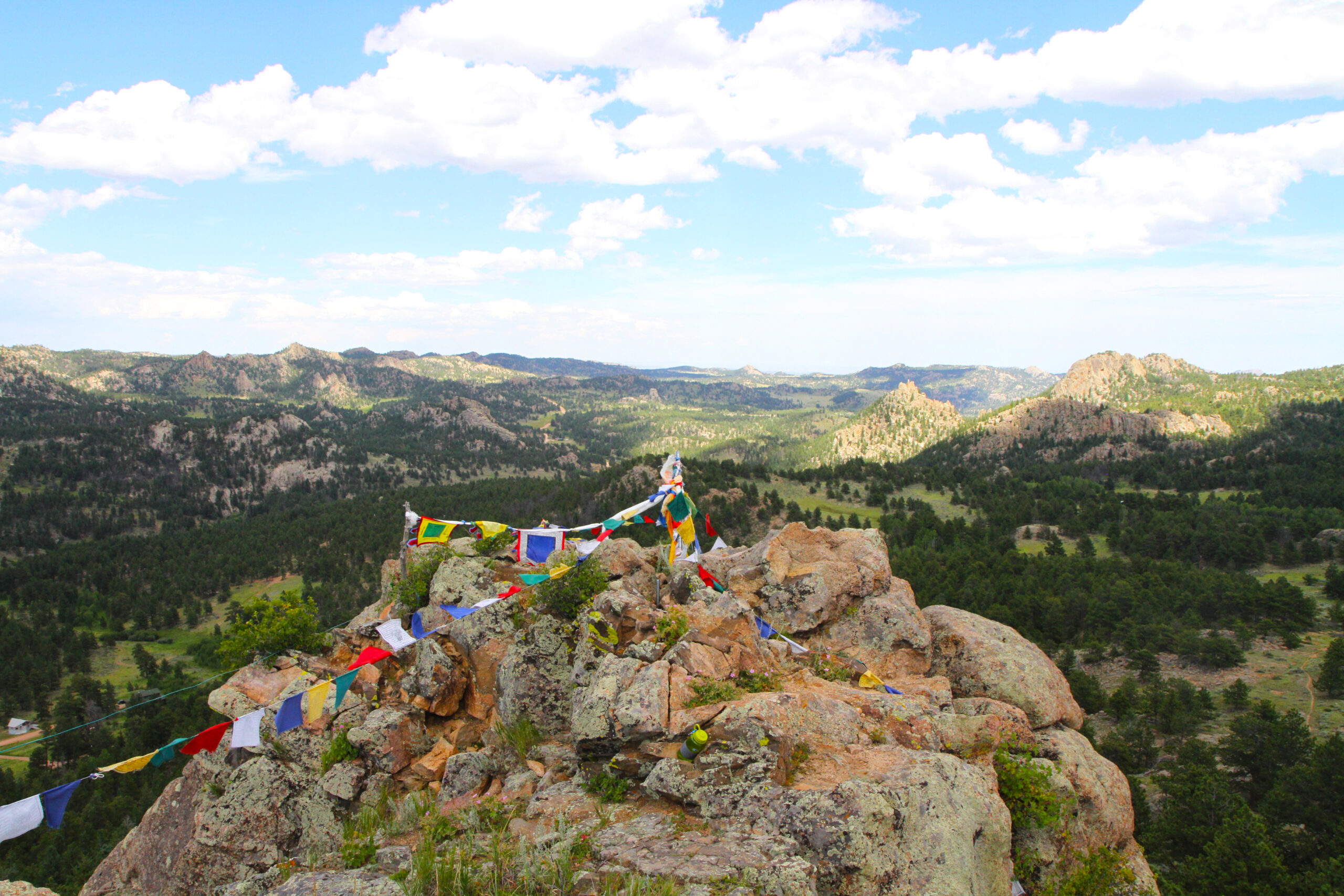
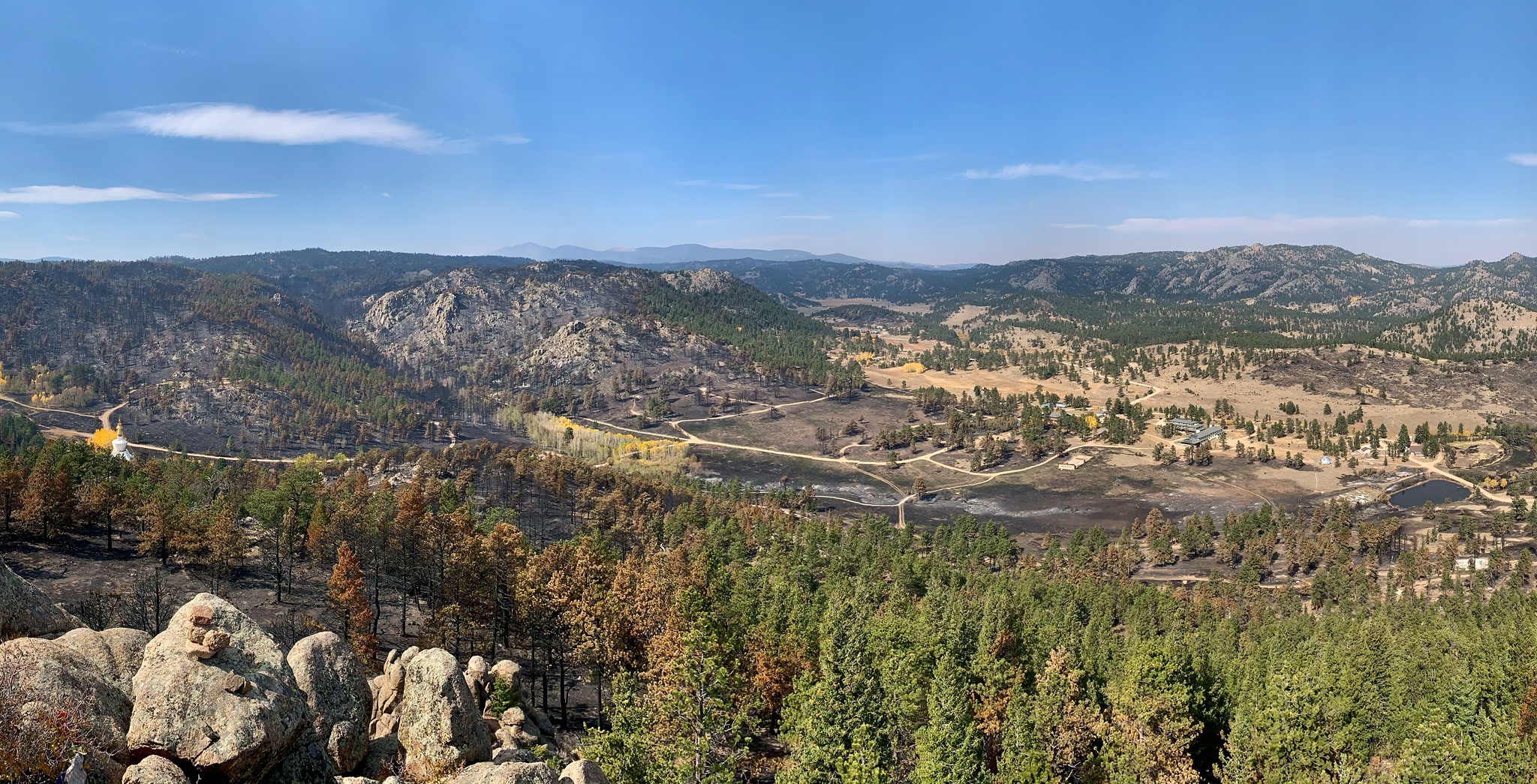
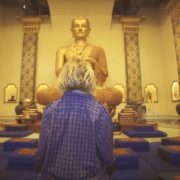
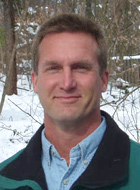

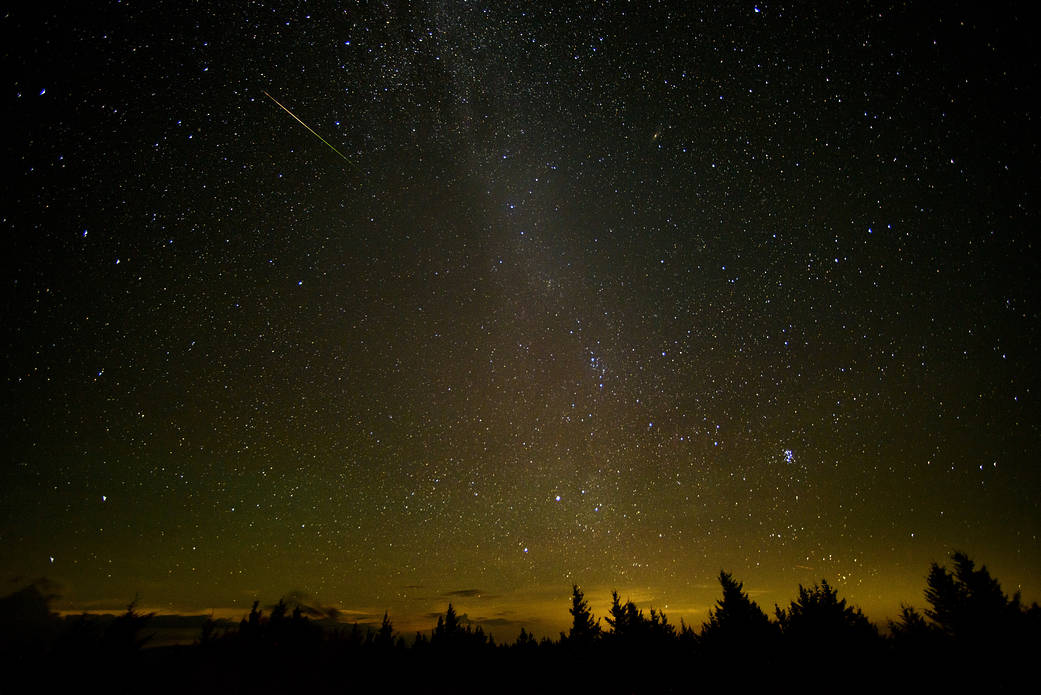


Leave a Reply
Want to join the discussion?Feel free to contribute!